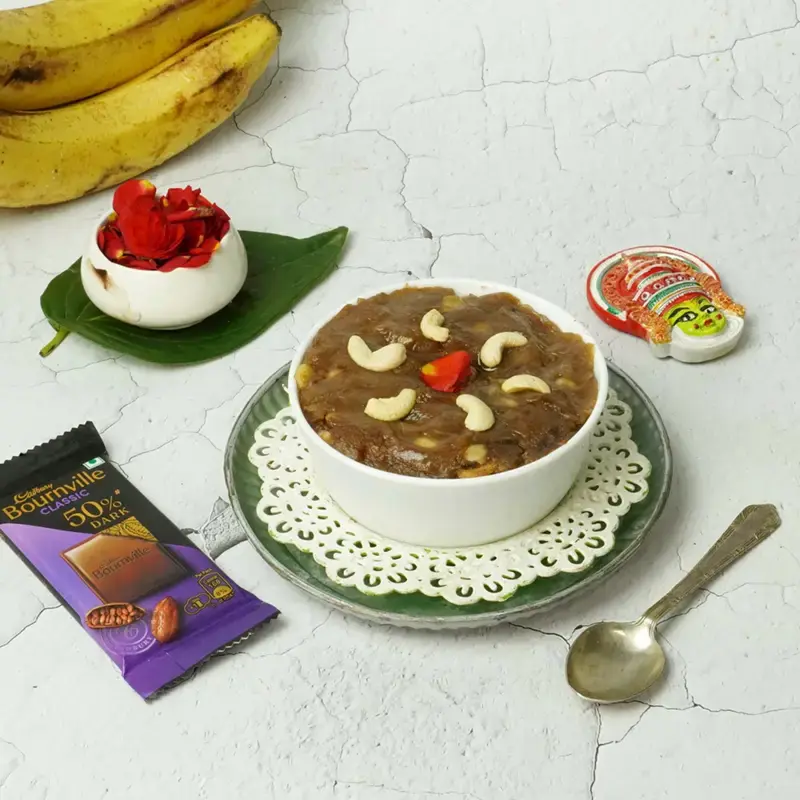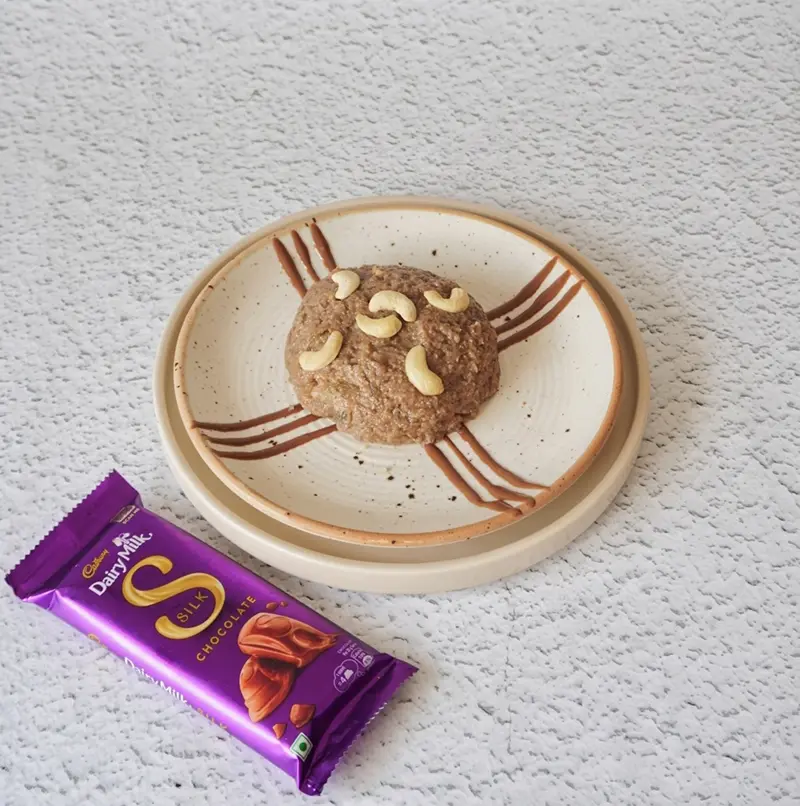The solutions are easier to find and execute than you think. This guide tells you everything you need to know.

Imagine this scenario; your oven, adorned with remnants of bubbling sauces and the occasional cheese drips, now holds a history of your cooking adventures. Fret not, transforming it from a splattered mess to a gleaming appliance doesn't require a fleet of expensive cleaners or exhausting efforts. Surprisingly the solution lies within your pantry – the combination of baking soda and vinegar.
These kitchen essentials, free from the harmful fumes often associated with oven cleaners pack quite a punch together. The natural alkaline properties of baking soda join forces with vinegar’s nature to effortlessly tackle the most stubborn stains and grease. Moreover, they are completely safe for use around food surfaces.
If you find vinegar’s aroma unpleasant, you can elevate your cleaning mixture by adding a few drops of tea tree oil known for its natural degreasing abilities. For revitalizing the glass, a blend of equal parts water and distilled white vinegar infused with a touch of lemon oil, for fragrance works wonders.
Now comes the question; how often should you embark on this cleaning adventure? According to experts’ advice, thoroughly cleaning your oven every few weeks is ideal. May vary depending on your usage patterns. Although the selfcleaning feature of the oven can be convenient, it should not be seen as a replacement for a deep cleaning. Think of it more as maintenance to keep your oven, which's often a significant investment in top notch condition.

The Comprehensive Deep Cleaning Checklist
Ready to begin? Here's your stepbystep guide to achieving a cleaned oven:
-
Gather Your Cleaning Supplies:
- Baking soda
- White vinegar
- Dishwashing liquid
- Paintbrush (for application)
- Scraper
- Soft cloths and scouring pads
- Gloves and protective eyewear
- Aluminum foil (for protection)
Optional:
- Oils for fragrance
- Towels (for soaking the racks)
- Toothbrush (for hardtoreach areas)
-
Prepare a Baking Soda Paste:
Combine 3/4 parts of baking soda with 1/4 part of water. If desired, add oils for a scent. For large ovens, maintain the ratio of 3 parts baking soda to 1 part water.
-
Pay Attention to the Oven Racks:
Remove the racks and soak them in water for several hours. If dealing with grime, you can apply the baking soda paste only on stainless steel racks to prevent discoloration.

-
Let’s get started with applying the paste:
Make sure to cover any electrical components such as, lights and heating elements with foil. Use a paintbrush to coat the inside of the oven with the paste avoiding any metal surfaces and the oven door.
-
It's time for some scrubbing:
For those tricky spots, grab an old toothbrush. To achieve the results let the paste sit for around 12 to 24 hours.
-
Onto removing the paste:
Gently scrape off the paste, using a plastic scraper. Moisten it as needed. Afterward, use a cloth to wipe any streaks.
-
Don't forget about cleaning the door:
Mix equal parts water and white vinegar together. Apply it to the oven door and glass using a soft cloth. Just make sure not to wet the gasket.

Giving your oven a deep clean not only improves its performance but also prolongs its lifespan. This means that every meal you prepare will be a testament to your dedication to cooking in a healthy environment. So why wait? Embrace that feeling of satisfaction that comes with having a spotless oven and unlock possibilities for your creations.
Like This Article?
More Like This



Popular Articles





Trending Web Stories
Curated Recipes



















